From Mayor Raymundo’s house, we moved on to the town proper where we were to watch a demonstration on how banig mats are made. The brown, handwoven banig mats, made of drift bariw leaves, are commonly used as beds in bamboo floored houses where its cooling effect to the body makes old-fashioned folks choose it over modern mattresses. Others use it to cover their wooden beds or even the cushioned ones in their sleeping quarters.
The versatile bariw (Pandanus copelandii) plant, indigenous to this mountain and coastal town, is a close relative of pandan plant that some Filipinos use to make their cooked rice more fragrant. Its longer blades contain durable fibers that can be extracted by pounding and scraping. The banig is the main product of the municipality and the importance of banig (bariw) weaving as a major means of livelihood of the Libertadnons is celebrated during the Banigan Festival held from March 14 to 16.
It seems that the whole town was present at the plaza when we arrived. On display were various export-quality products produced from banig including place mats, hats, coasters, bags, purses and other home accessories plus, uniquely, a woman’s terno. All these products are sought by local and foreign markets because of their unique and complex designs.
Prior to the demonstration, the extracted fibers were first sun or air-dried (pagbulad) to give it a shiny brown tone as well as to strengthen it, then the leaves are beaten with a wooden club (sampok) against a flat stone until they become soft and pliable (pagpalpag). Next, it is tightly rolled one after the other, in a round form, to sustain its softness and elasticity (paglikid), then unwound to straighten the spiraled bariw leaves (pagbuntay).
Prior to the arduous and very tedious process of weaving by the manugbanig, the dried bariw leaves are shredded through a wooden-based kurulhadan (splicer or shredder) to form long twines of different thicknesses (pagkulhad). Then, the bariw strands are folded into halves (pagkyupis). After that, the four strands are folded together in pairs; horizontally and vertically, with the glossy brown color in the outer surface.
Then, the weaving begins with the taytay, the framework of the entire mat. During this stage, the size and the length of the mat is already assured while the dimensions of the width are determined by weaving with the sides forward. Then, edge-lines (sapay) are made on both sides of the mat, followed by the folding (hurip) of the remaining strands on the sides (or edge-line) to keep the weave tightly locked in place. Finally, unwanted and excess strands in the mat are cut (gutab).
How To Get There: Libertad is located 143 kms. (a 4-hr. drive) from San Jose de Buenavista and 77 (a 1.5-hr. drive) kms. from Kalibo (Aklan).

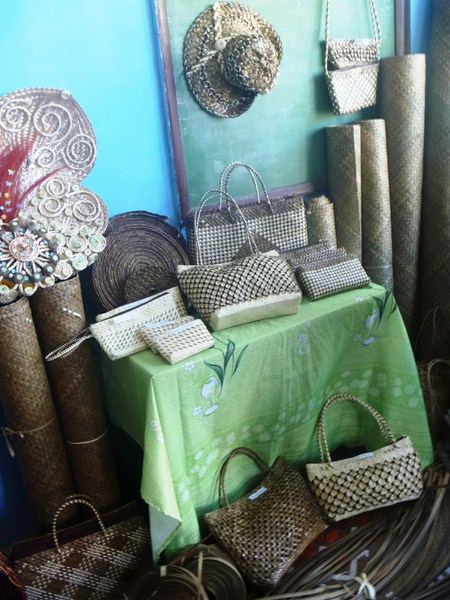
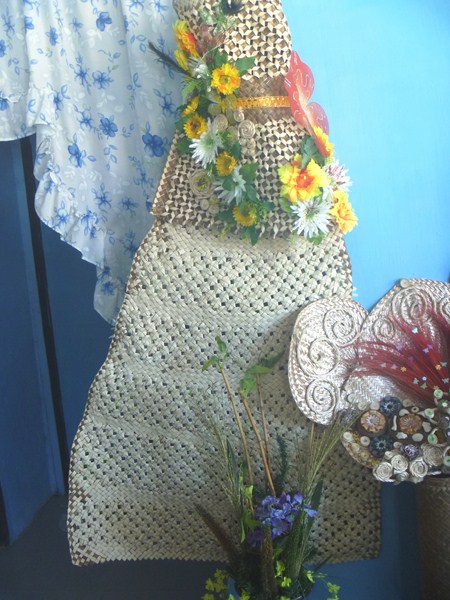
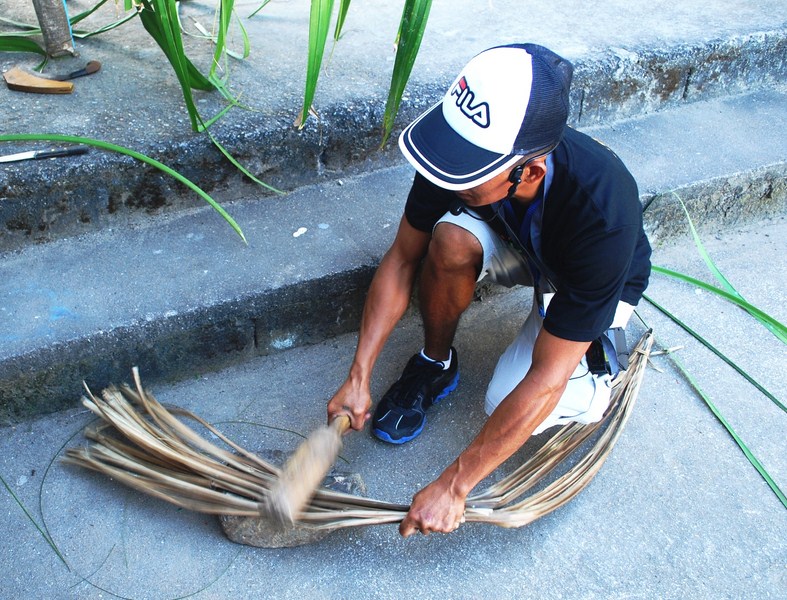
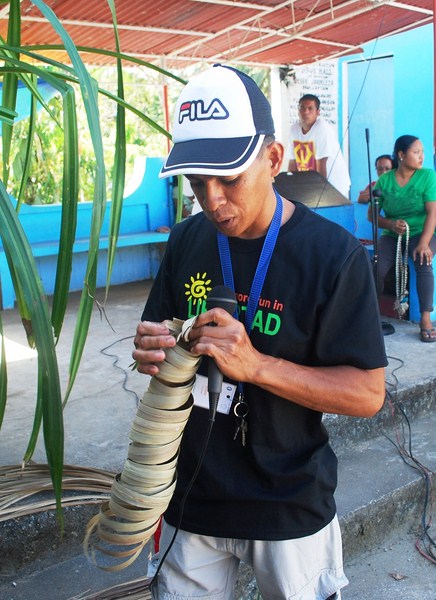
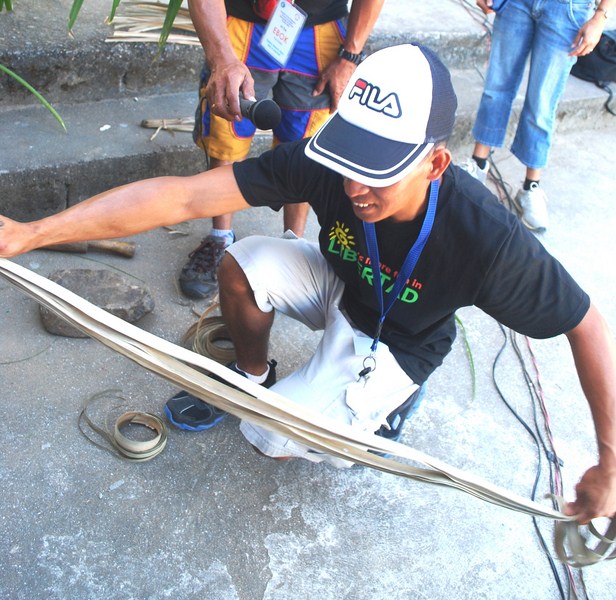
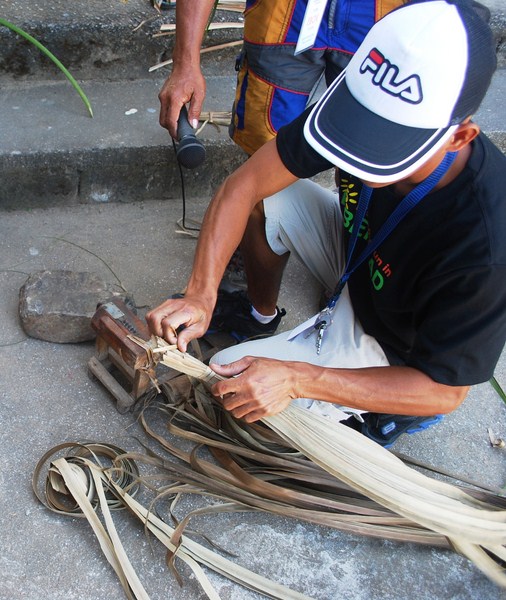
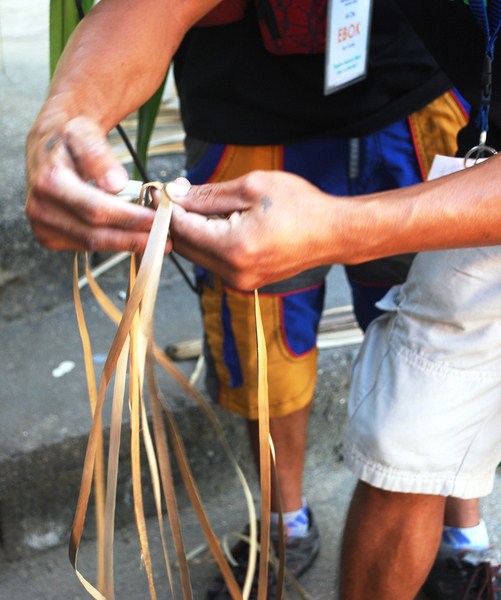
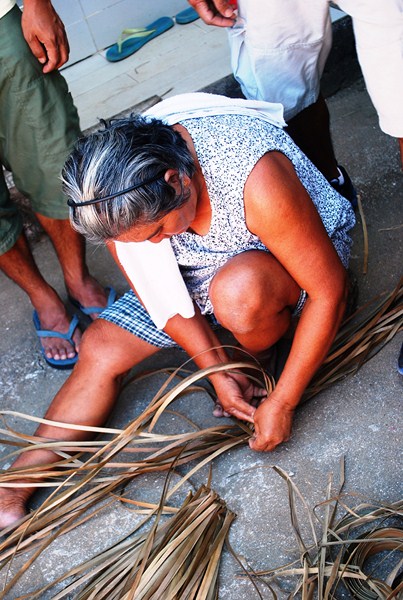
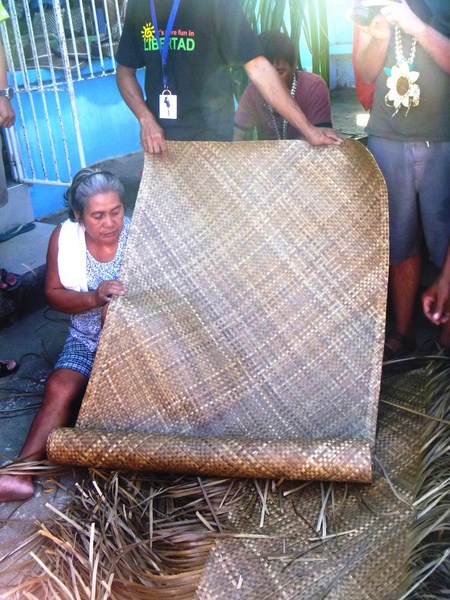
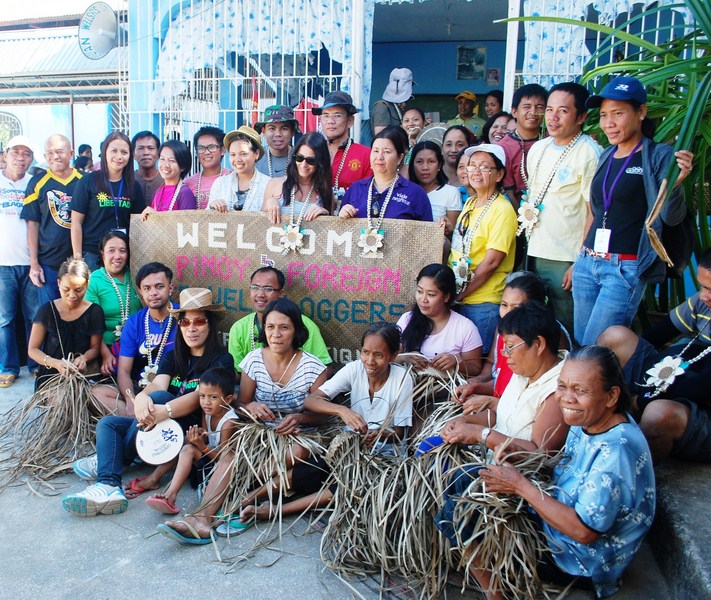
I would like to thank you for the efforts you have put in writing this site. I’m hoping the same high-grade blog post from you in the upcoming as well. Actually your creative writing skills has encouraged me to get my own web site now. Really the blogging is spreading its wings fast. Your write up is a good example of it.